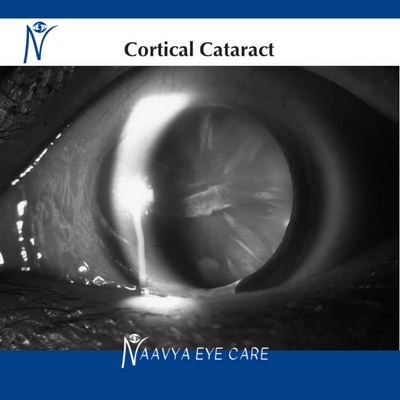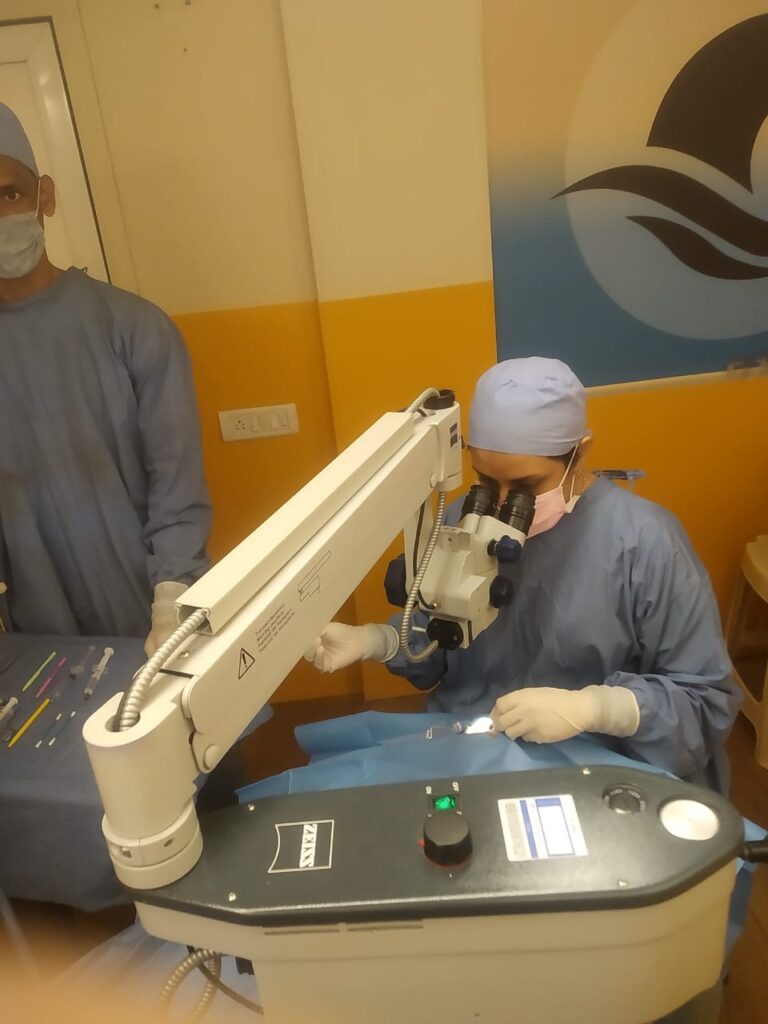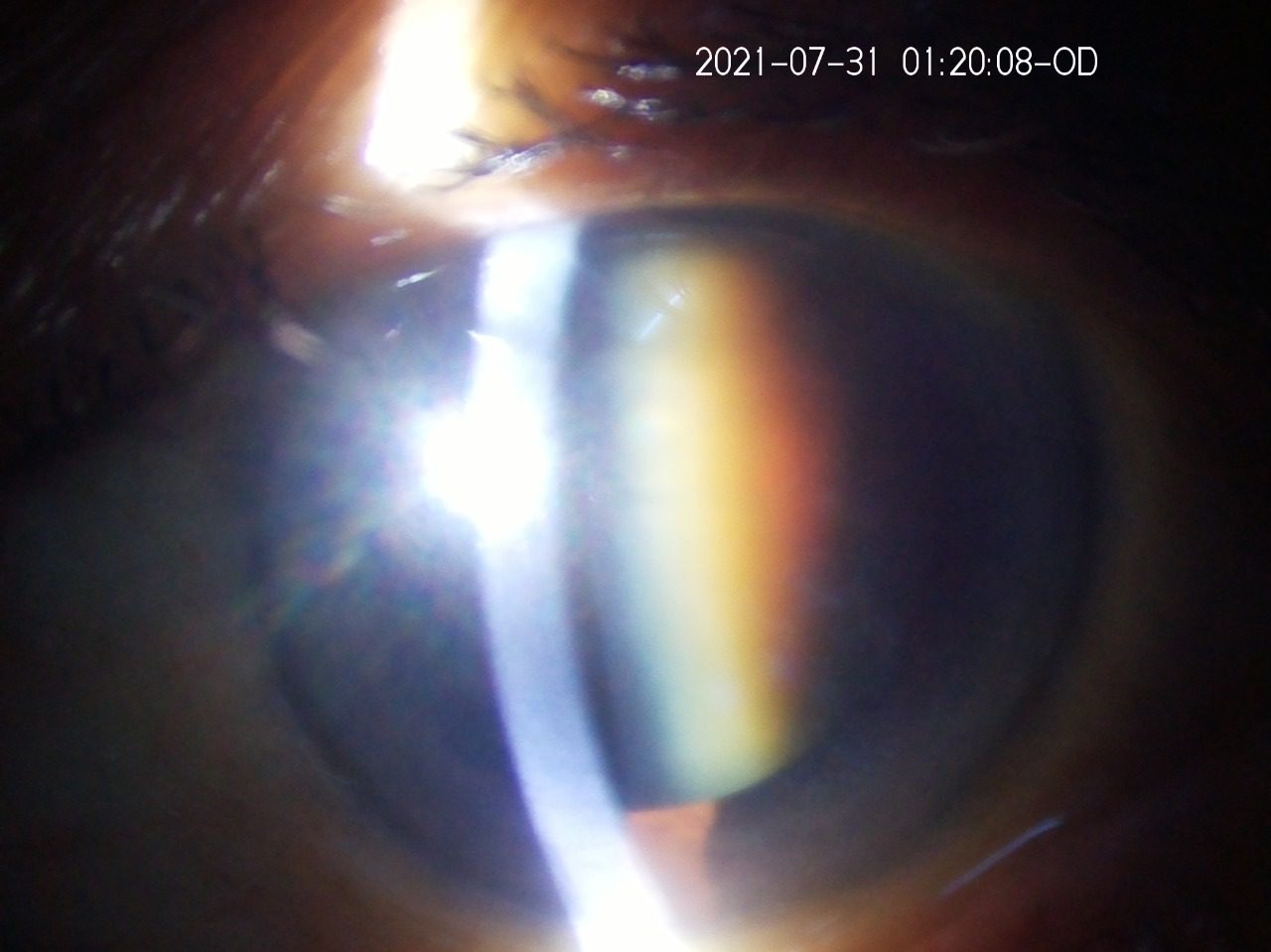A traumatic cataract is a clouding of the lens and eyes that may occur after either blunt or penetrating ocular trauma that disrupts and damages the lens fibres. Most of the traumatic cataracts lead to eye lens swelling, but the type and clinical course depend on trauma and the integrity of the capsular bag. Traumatic cataracts occur in 24% of patients with globe contusions across the globe.
A concussion cataract may occur due to blunt trauma. The lens capsule is not extensively damaged but becomes progressively opaque over a period of time. The traumatic cataract pathophysiology is the direct rupture and distortion of the capsule or coup, equatorial expansion due to various forces transferring the energy effect of trauma to the other side of the eye.
Traumatic Cataract Symptoms
- Discomfort and pain
- Reddish eye
- Anterior chamber cell reaction
- Corneal infection and edema
- Blurry vision
Causes of Traumatic Cataracts
- Infrared lights
- Electric sparks
- Long Radiation
- Eye Rupture
- Long exposure to ultraviolet rays
- Head Injury
Traumatic Cataract types
Blunt Trauma: This trauma occurs when an object collides with but does not penetrate or cut, the eye or face with a force. Some examples of blunt trauma are a punch on the eye, being hit in the eye with a ball, etc. Damage to the lens can result in either an immediate cataract or a delayed cataract causing extreme trauma.
Penetrating Trauma: This trauma occurs when a sharp object, such as a piece of glass, a pencil, or a nail, penetrates and hits the eye. If the object goes through the cornea to the lens, a traumatic cataract is to be expected almost at the very same instant. A full rupture and damage of the lens are also possible. It may lead to partial or full cataracts and blindness.
Chemical Trauma: This type of trauma refers to the penetration of the eye by a chemical substance that is alien to the eye, resulting in a change in the overall composition of the lens fibers and leading to the cause of traumatic cataracts.
Radiation Trauma: Radiation exposure, usually common among children, can damage and rupture the lens and eye vision causing a traumatic cataract. Often, there is an extensive period between the contact and exposure to radiation and the stages of development of the cataract. The cataract is usually the aftereffect of the radiation

















